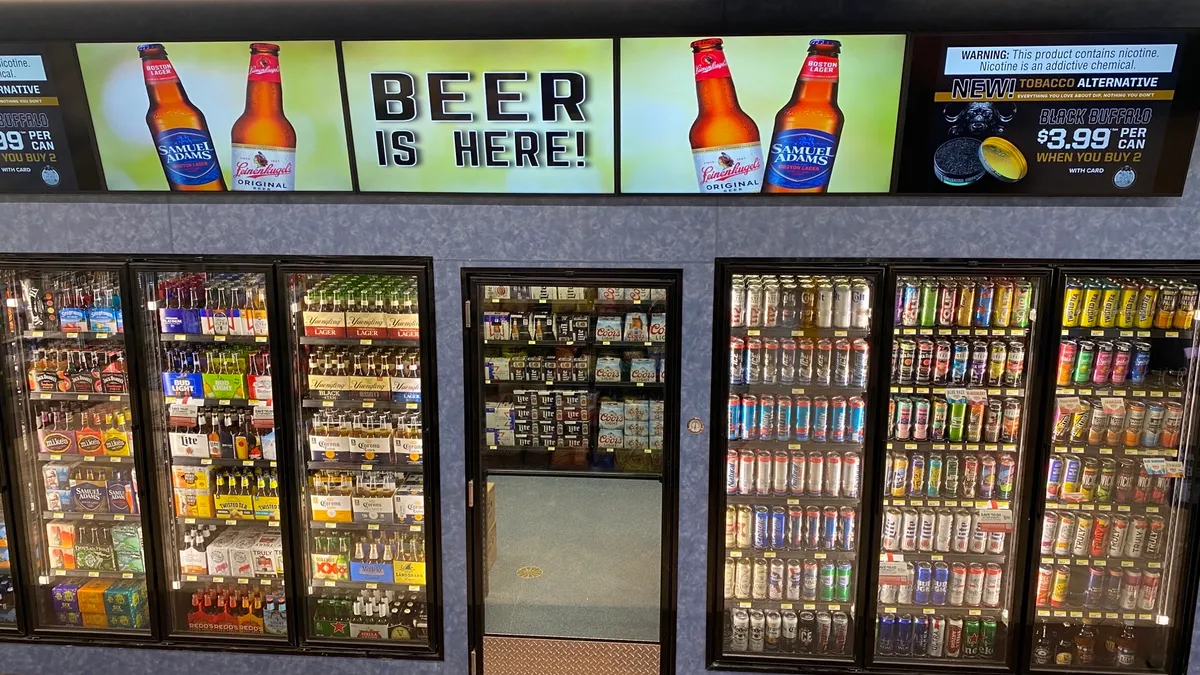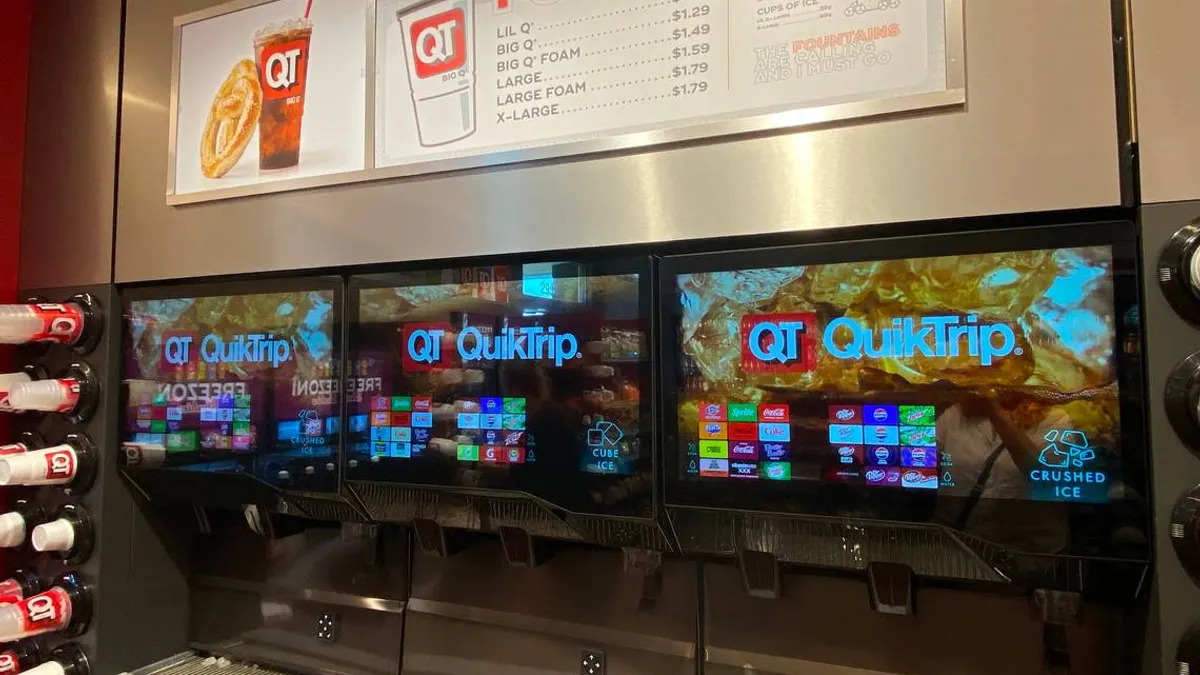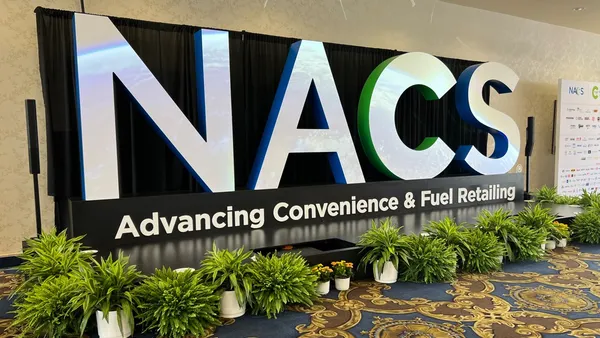Basant Singhatwadia serves as global director of customer success and strategy at Facilio, and heads the retail division at the company. He has 27 years of experience creating cutting-edge technologies with a focus on facility management for the retail industry.
In the face of tightening environmental regulations, retailers are facing a stark reality: Compliance with refrigerant leak and usage measures such as Section 608 and the AIM Act isn’t just bureaucratic red tape, it’s an operational imperative.

National expert on end-user refrigerant management and Principal at Refrigerant Management Solutions Keilly Witman told me: “We are facing the biggest change to refrigerant regulations in the United States since these regulations were created in the late ’80s. These changes will not only cost refrigerant end-users hundreds of millions of dollars, but entire sectors that haven’t had to worry about these regulations in the past — like c-stores — will suddenly be faced with unprecedented legal liability.” Refrigerant Management Solutions is a refrigerant management training, compliant and strategy company. Witman launched the EPA’s GreenChill Partnership and previously served as H-E-B's director of refrigerant management and sustainability.
With potential fines reaching up to $57,617 per violation per day, not to mention substantial legal fees, the stakes are very high.
Let’s take a deep dive into what the proposed AIM Act Part III entails and how c-store operators and refrigeration maintenance managers can navigate this efficiently.
AIM Act Part III: What’s changing in 2025?
U.S. Environmental Protection Act regulations under Section 608 of the Clean Air Act address the handling, recovery and recycling of refrigerants used in refrigeration and air-conditioning equipment. The AIM Act Part III proposes expanding Section 608 requirements to appliances containing 15 pounds or more of hydrofluorocarbon (HFC) refrigerant or substitutes with a Global Warming Potential (GWP) higher than 53. GWP is a measure that allows for comparisons of the global warming impacts of different gasses.
The proposed changes would include mandating regular leak inspections so companies can quickly find and fix leaks, thereby minimizing refrigerant loss. Additionally, companies face requirements for annual reporting of chronically leaking appliances and detailed record-keeping to ensure compliance. The proposed regulations are expected to come into effect in the second half of 2024.
The revised EPA regulations continue to mandate specific leak repair requirements for various types of systems, reflecting existing standards:
● For systems with more than 500 pounds of refrigerant, the owner or operator must conduct a leak inspection once every three months until they can demonstrate through leak rate calculations that the leak rate has not exceeded 20% (for commercial refrigeration) or 30% (for industrial process refrigeration) for four quarters in a row. The leak rate measures how much of a system’s refrigerant leaks and needs to be replaced in a year.
● For systems with 50 to 500 pounds of refrigerant, leak inspection needs to be conducted once per calendar year to ensure the leak rate has not exceeded 20% for commercial refrigeration or 30% for industrial process refrigeration (IPF) for one year.
● For Comfort Cooling Systems (HVAC) with 50 pounds or more, leak inspections need to be conducted once per calendar year until the owner/operator can demonstrate through the leak rate calculations that the leak rate has not exceeded 10% for one year
Starting Jan. 1, 2025, proposed regulations would also include:
● Appliances with a full charge of 15 pounds or more of a refrigerant containing an HFC or a substitute for an HFC with a GWP above 53 would be required to comply.
● Commercial refrigeration or IPF appliances that contain 1,500 pounds or more of an HFC or a substitute with a GWP above 53 would be required to have an automatic leak detection system (ALD) installed on new and existing appliances.
● Mandatory use of reclaimed refrigerant for servicing HFC systems starting Jan. 1, 2028.
● Disposable Cylinders must be sent to reclaimers for removal of refrigerant heel starting Jan. 1, 2025.
These changes could classify many more systems as "chronically leaky," significantly increasing the risk to companies of penalties for noncompliance and potentially leading to significant fines if not addressed proactively.
How will this impact the c-store operations team?
The expanded regulatory scope under Part III of the AIM Act will lead to increased costs associated with more frequent and stringent leak inspections for handling refrigerants. To ensure compliance, companies should be proactive in adaptation to evolving regulations and implementing continuous monitoring, accompanied by timely adjustments.
This also involves dealing with complex state-specific reporting requirements, especially in California, Washington, New Jersey and New York. These tasks can be time-consuming and resource-intensive, requiring dedicated staff. The extra workload and resources needed may strain budgets and will require careful planning.
Rising refrigerant costs will directly impact financial planning and operations, forcing c-store managers to adjust budgets accordingly. This may involve exploring alternative refrigerants or investing in more efficient systems to manage long-term costs.
Existing refrigerant management tools are ill-equipped to address these new realities:
Manual inspection tools are labor-intensive and lack real-time monitoring and automated detection capabilities, while hardware-centric leak detection lacks integrated compliance workflow software, creating reporting gaps.
Slow-leak detection is disconnected from compliance processes, allowing leaks to go unaddressed. Siloed existing solutions are heavily dependent on fragmented data and are unable to provide a unified view across the enterprise.
Preparing for compliance – the way forward
The proposed refrigerant regulations demand a proactive approach from refrigeration compliance and maintenance managers to ensure seamless compliance. To stay ahead of the curve, these managers must rethink their strategies across several key areas:
1. Frequent store audits
Retailers must conduct thorough audits and surveys at all stores to assess their readiness for the upcoming AIM Act Part III refrigerant regulations. These surveys should ensure proper tracking of all refrigeration units in management systems, including those with smaller 15-to-49-pound refrigerant charges.
Regular internal/in-store equipment inspections and audits allow retailers to identify any areas that need improvement before an external regulatory audit takes place. It's crucial to evaluate upfront how the new rules will impact your company’s staff workloads and processes, as there will undoubtedly be added complexities.
2. Monitoring and investigating new appliance Leaks
Keep a close eye on all newly installed appliances that have leaked and proactively monitor them. Assign an “investigative unit” to promptly identify the root cause of the leaks, perform the necessary repairs and set up preventive measures. Staying on top of this keeps operations smooth and efficient, minimizes disruptions and follows regulations.
3. Assessing readiness for enforcement
Using an Internet-of-things (IoT) solution, you can detect leaks early. The software integrates with your existing sensors and other interconnected networks to remotely monitor refrigeration units and trigger automated alerts. These will aid in scheduling maintenance to prevent equipment breakdown and finding areas that need improvement. It also enables automatic compliance tracking by automating routine inspections for field service teams.
If the IoT sensors identify equipment as frequently leaking, the retailer must prioritize immediate repairs to avoid penalties under the new rules. Reviewing the complex state reporting requirements is also crucial, as retailers must have clear processes for maintaining all required documentation.
4. Automate data collection
Developing strict policies around obtaining complete, timely service and repair records from third parties is essential. In cases where repairs are delayed due to the availability of parts, maintaining additional records becomes critical. Preferably, store managers should implement IoT-led digital systems to collect and track this repair data, and centralize information like refrigerant charge sizes across all equipment. Such automated tracking systems often prove more accurate than traditional paper records or manual record-keeping methods.
Getting ahead of and complying with these new refrigerant regulations is now essential for retailers. They might seem tricky at first, but automated leak detection and monitoring solutions can simplify these compliance efforts by automating inspections, repair tracking, recordkeeping, and reporting — thus reducing regulatory burdens.










